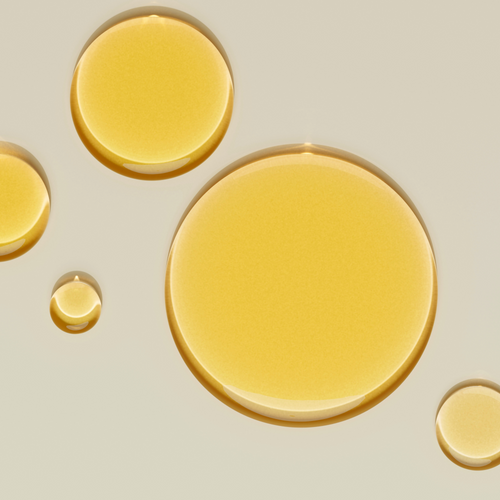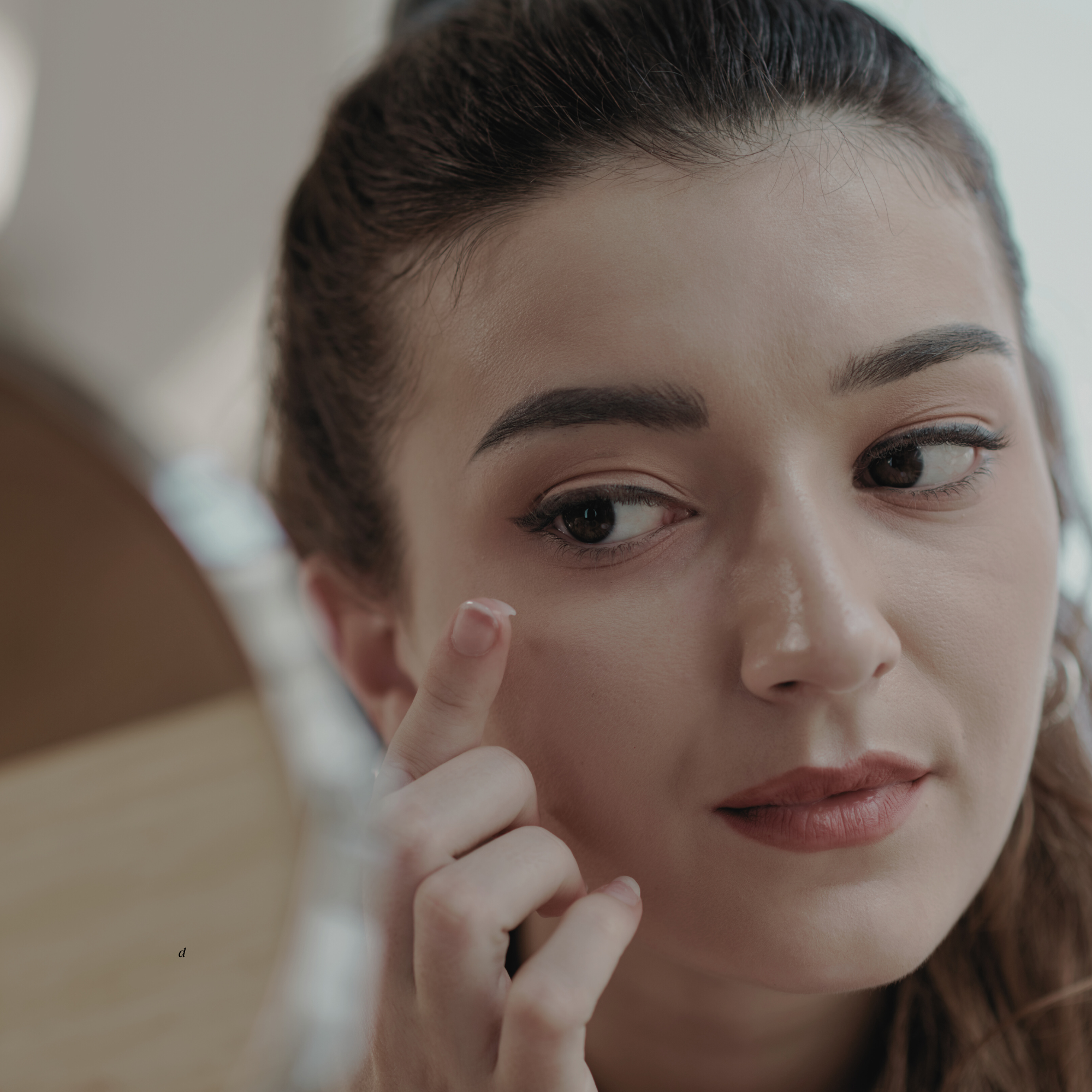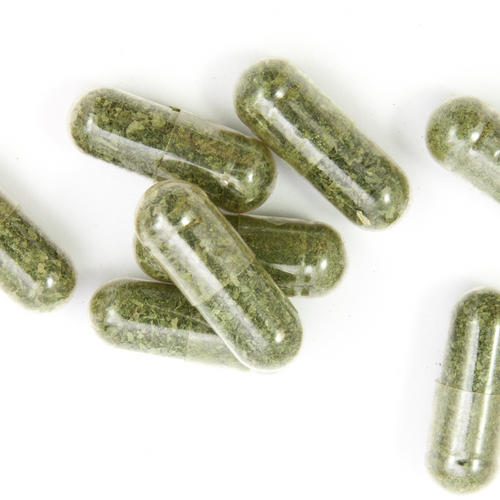When it comes to skincare, few ingredients have earned the admiration and acclaim of retinoids. Among them, retinaldehyde (or retinal) stands out as a gold standard for those seeking visible, transformative results with minimal irritation. Let’s delve into what makes retinaldehyde unique, why it’s considered the best form of retinol, and how you can maximize its potential for your skin.
What is Retinaldehyde?
Retinaldehyde is a derivative of vitamin A and a key member of the retinoid family. Unlike traditional retinol, retinaldehyde sits just one conversion step away from retinoic acid, the active form of vitamin A used by skin cells. This close proximity means that retinaldehyde is both highly effective and fast-acting, delivering noticeable improvements in skin texture, tone, and overall health.
Why is Retinaldehyde the Best Form of Retinol?
- Faster Conversion: Retinaldehyde converts directly into retinoic acid within the skin, bypassing the slower, two-step process required by traditional retinol. This leads to quicker and more pronounced results. Additionally, retinaldehyde is one of the most extensively studied forms of retinal, ensuring its efficacy and safety are well-documented.
- Potent Yet Gentle: Despite its strength, retinaldehyde is surprisingly well-tolerated. It causes less irritation compared to retinoic acid, making it suitable for sensitive skin types.
- Broad Benefits: Retinaldehyde targets multiple concerns simultaneously, from fine lines and wrinkles to acne, hyperpigmentation, and uneven skin tone. It’s also known for its antibacterial properties, making it ideal for acne-prone skin.
- Stability: Retinaldehyde is more stable than retinol, meaning it’s less likely to degrade when exposed to light and air, ensuring consistent efficacy.
- Saftey: Retinal is one of the most extensively studied forms of retinol, ensuring its efficacy and safety are well-documented.
Results Across Strengths
Retinaldehyde is available in various concentrations, allowing users to start slow and build tolerance over time. Here’s what you can expect at different strengths:
0.01%, For: Beginners or sensitive skin types.
Benefits: Gently exfoliates, promotes cell turnover, smooths fine texture, and reduces dullness without irritation. Ideal for conditions like rosacea or dryness.
0.03%, For: Addressing early signs of aging and mild discoloration.
Benefits: Improves skin clarity, reduces pigmentation, evens tone, and boosts collagen with minimal irritation. A step up from the gentlest strength.
0.05%, For: Most users with moderate skin concerns.
Benefits: The ideal balance of efficacy and tolerability. Effectively tackles fine lines, uneven tone, and texture while reducing acne and controlling excess oil production. Boosts skin elasticity, smoothness, and radiance without overwhelming the skin. Suitable for individuals seeking visible, well-rounded improvements in their skin without significant side effects. Perfect for consistent long-term use.
0.1%, For: Experienced users with more pronounced concerns.
Benefits: Targets deeper wrinkles, discoloration, and stubborn texture issues. Brightens dull skin, improves elasticity, and rejuvenates overall appearance.
0.2%, For: Advanced users with severe concerns.
Benefits: Addresses deep wrinkles, severe acne, and pigmentation. Intensively refines texture, stimulates high collagen production, and improves firmness, requiring careful skin adaptation.
The Best Ingredients to Pair with Retinaldehyde
To maximize the benefits of retinaldehyde, consider combining it with these complementary ingredients:
- Niacinamide: Soothes irritation, boosts hydration, and strengthens the skin barrier. This pairing helps mitigate potential dryness.
- Hyaluronic Acid: Provides deep hydration to counterbalance any drying effects of retinaldehyde. Keeps the skin plump and supple.
- Ceramides: Restore the skin’s natural barrier, reducing the risk of sensitivity and improving moisture retention.
- Peptides: Work synergistically with retinaldehyde to enhance skin firmness and elasticity.
- SPF (Sunscreen): Retinaldehyde increases skin sensitivity to sunlight, making daily sunscreen use non-negotiable.
- Antioxidants (e.g., Vitamin C): Combat free radicals and enhance the brightening effects of retinaldehyde.
How to Incorporate Retinaldehyde Into Your Routine
- Start Slow: Introduce retinaldehyde 2-3 times a week, gradually increasing frequency as your skin builds tolerance.
- Layer Strategically: Apply retinaldehyde after cleansing and before heavier creams or oils. Pair with soothing and hydrating ingredients for optimal comfort.
- Protect Your Skin: Always follow up with a broad-spectrum SPF during the day to protect your skin from UV damage.
The Bottom Line
Retinaldehyde is a game-changing ingredient that offers potent anti-aging and skin-renewing benefits with less irritation compared to other retinoids. Whether you’re a skincare novice or a seasoned pro, incorporating this powerhouse ingredient into your routine can unlock a new level of radiance and clarity. Pair it with the right supporting ingredients, and you’ll be well on your way to achieving your healthiest skin yet.



